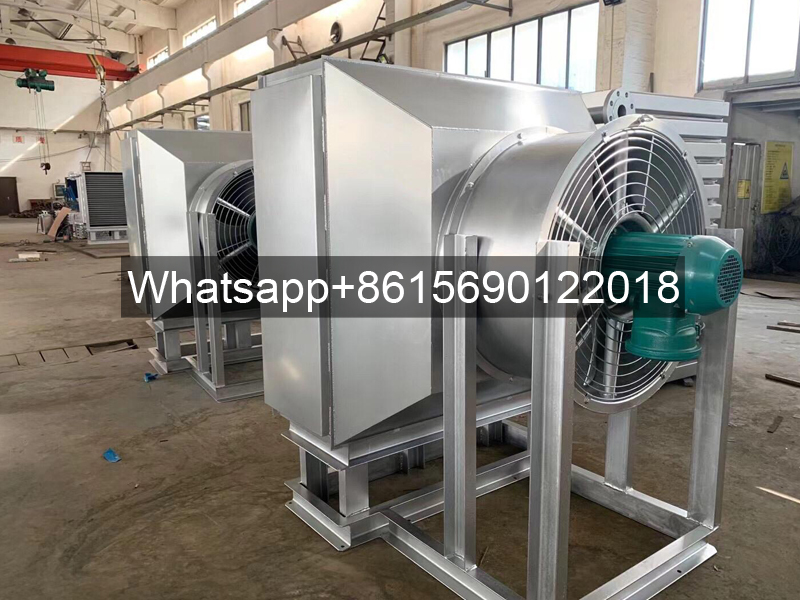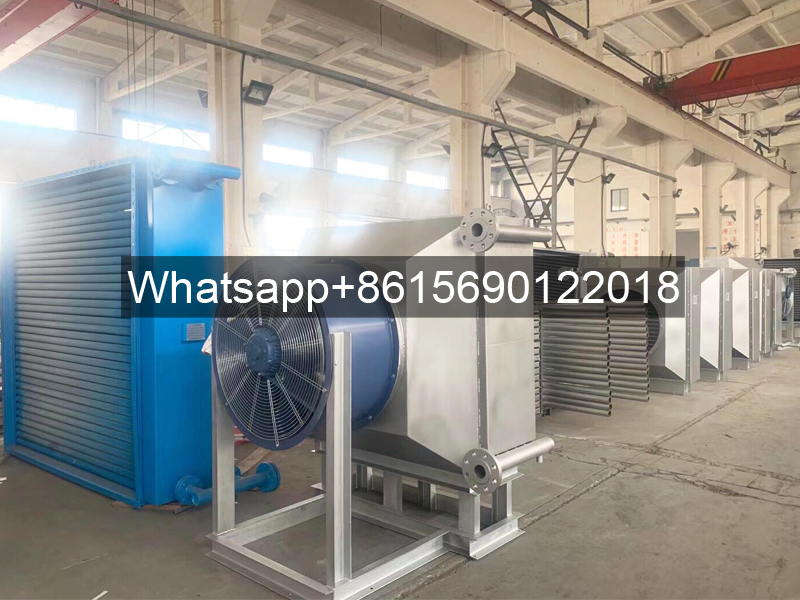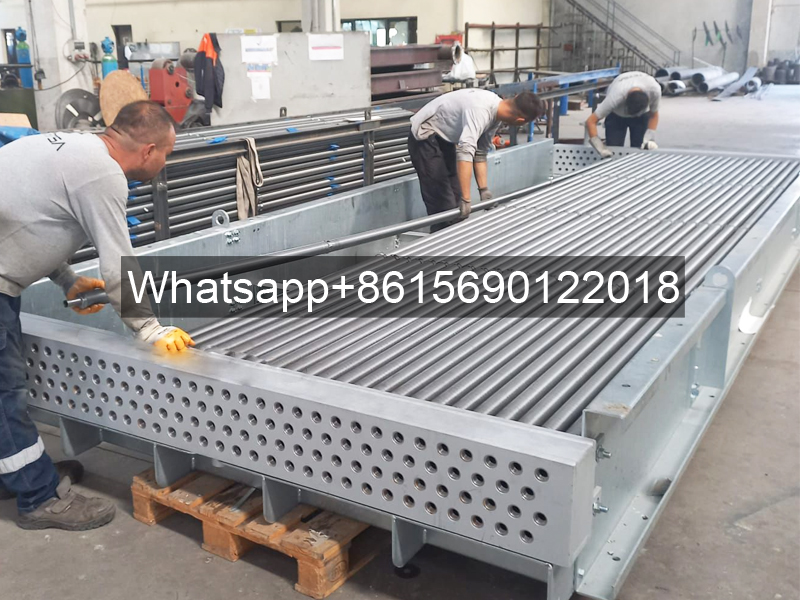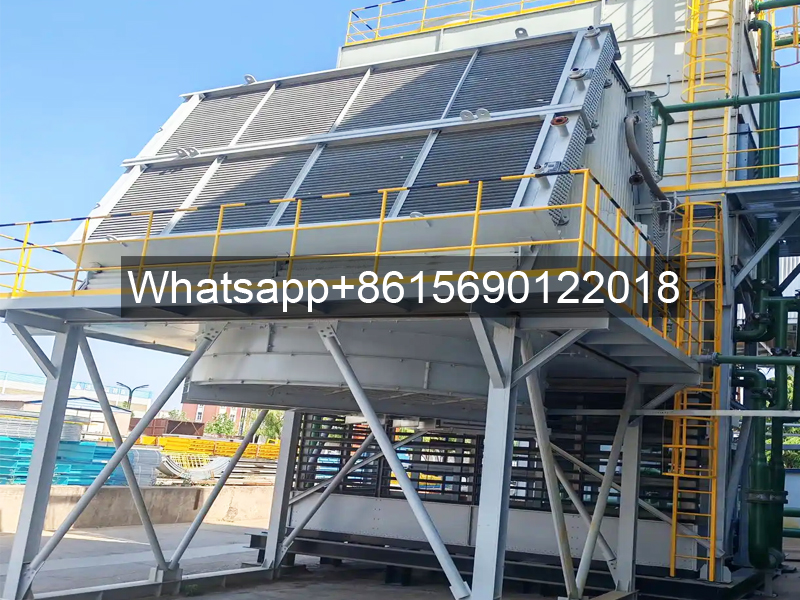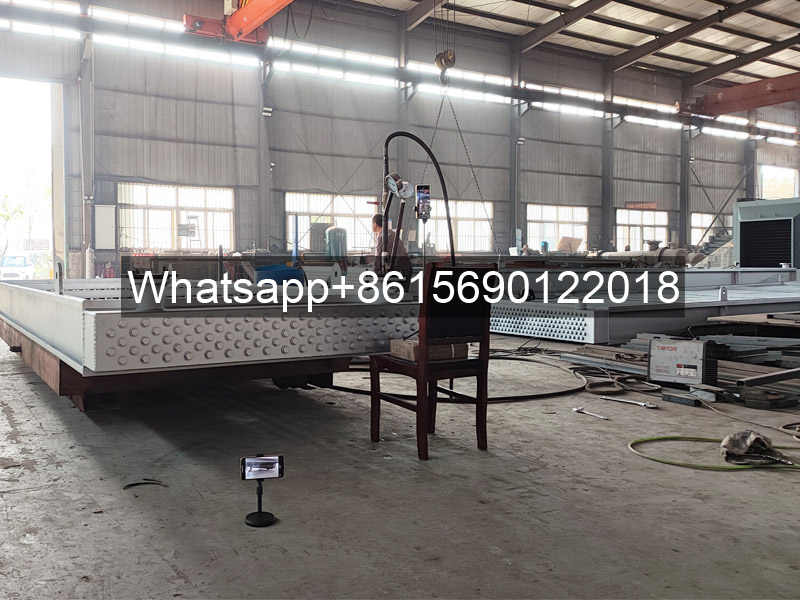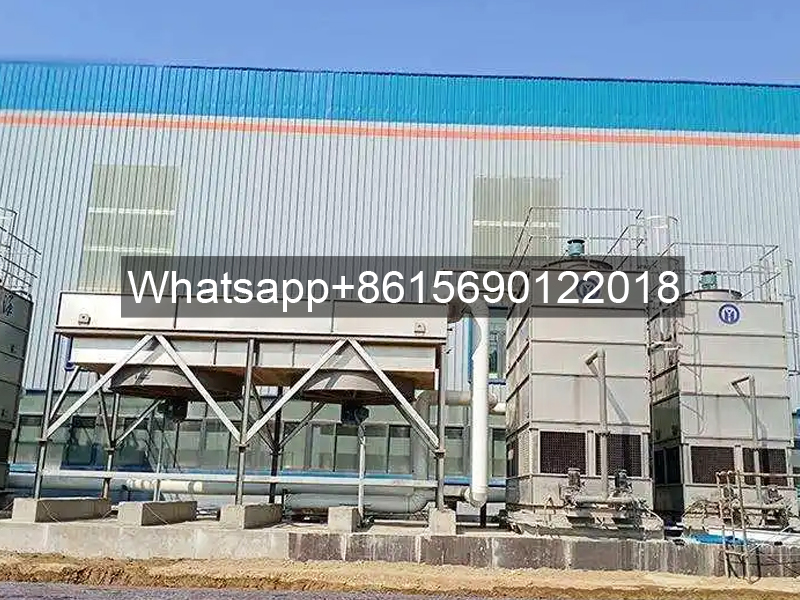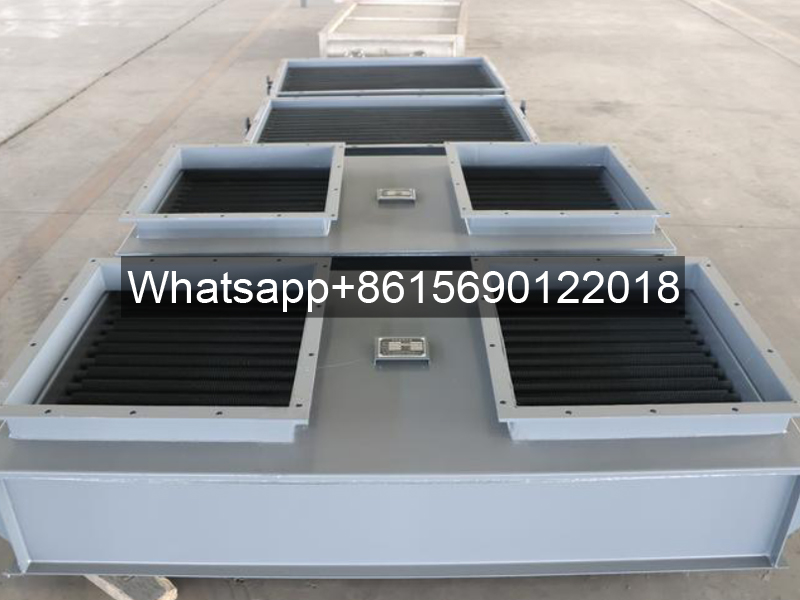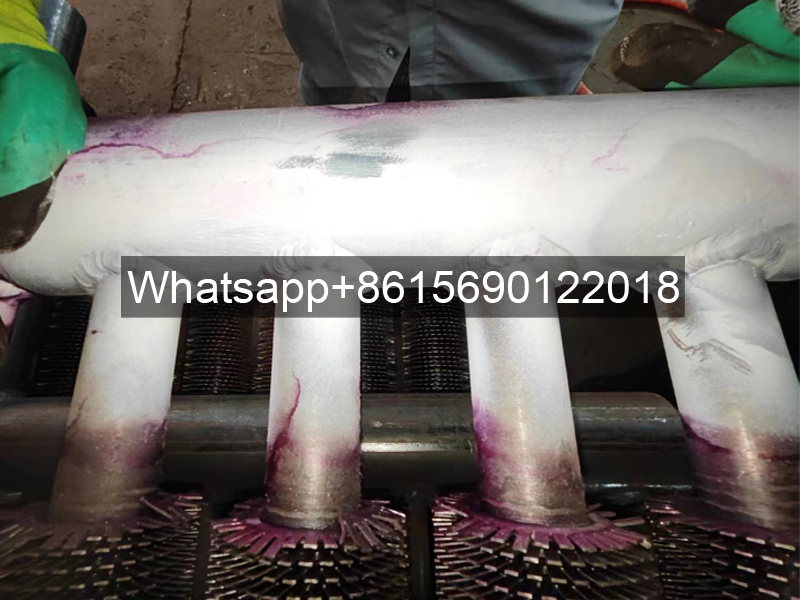Air Cooler “Air Cooled Heat Exchanger” Manufacturer and Suppliers in China
Air cooler is a device that uses ambient air as cooling medium, sweeps across the outside of the finned tube, and cools or condenses the high-temperature process fluid in the tube. It is referred to as “air cooler” or “air-cooled heat exchanger“.
Air cooler is also called fin fan, which is often used to replace the cooling medium of water-cooled shell-and-tube heat exchanger.
With the increasing use of induction heating equipment, due to different user conditions, some users do not pay enough attention to the water cooling system of the equipment, and many users do not use distilled water as required, but use ordinary well water or tap water. In actual work, the water quality has a great impact on the water cooling system and components of the equipment.
Air Cooled Heat Exchanger By Application
Main classification of air coolers
Due to their different structures, installation forms, cooling and ventilation methods, air coolers can be divided into the following different forms.
a. According to the different tube bundle layout and installation forms, it is divided into horizontal air cooler and inclined top air cooler. The former is suitable for cooling, while the latter is suitable for various condensation cooling.
b. According to different cooling methods, it is divided into dry air cooler and wet air cooler. The former relies on continuous air supply from the fan for cooling; the latter relies on water spraying or atomization to enhance heat exchange. The latter has higher cooling efficiency than the former, but it is not widely used because it is easy to cause corrosion of the tube bundle and affect the life of the air cooler.
c. According to the different ventilation methods, it is divided into forced ventilation (i.e. air supply) air cooler and induced ventilation air cooler. The former fan is installed at the bottom of the tube bundle, and the axial flow fan is used to supply air to the tube bundle; the latter fan is installed at the top of the tube bundle, and the air flows from top to bottom. The latter consumes more electricity and has a higher cost than the former, and is not as widely used as the former.
Air Cooler By Material
Air Cooler Air Pressure Testing
The main purpose of an air cooler pressure test is to verify the cooler’s pressure resistance and sealing performance. By applying a certain pressure, the cooler is observed to determine whether it can withstand and remain intact, thereby assessing its quality and safety. The test pressure should be higher than the operating pressure to fully test the cooler’s pressure resistance. The specific pressure value should be set according to product standards and industry regulations.
Magnetic Particle Testing of Air Coolers
Magnetic particle testing of air coolers can only detect surface or near-surface defects in ferromagnetic materials. Because discontinuous magnetic traces accumulate on the surface being tested, it can visually reveal the shape, location, and size of the discontinuities and roughly determine their properties.
Magnetic particle testing has a sensitivity of detecting discontinuities as narrow as 0.1μm. By combining multiple magnetization methods, magnetic particle testing is virtually unaffected by workpiece size and geometry, and can detect defects in all directions.
Air Cooler Hydrostatic Testing
Hydraulic testing is a critical step in the manufacturing and testing of air coolers. This test verifies the air cooler’s sealing performance and pressure-bearing capacity. It ensures the equipment remains stable and leak-free under normal operating pressure. This test effectively identifies potential problems, such as leaky seals and poor weld quality, allowing timely remedial measures.


